First, I’m sorry: The last few weeks have been totally insane & I haven’t kept up my end of the bargain, which is writing these newsletters. I’m sorry!!! Don’t break up with me!
I’ve been busy with a few things, so here’s the rundown:
My new novel, Pomegranate, will be coming out from Scribner!! I am so excited, so thrilled, over the moon. Thanks of course, to my agent Kent Wolf who worked tirelessly alongside me on edits, gave me great advice, and helped me navigate the whole submission process. Thanks also to Emily Polson & the team at Scribner, and Jasmine Lake at UTA who took TV/Film.
I’ll be part of a forthcoming anthology called Peach Pit: 16 Stories of Unsavory Women from Dzanc, alongside the incredible Deesha Philyaw, Lauren Groff, and more! Thankful to Molly Llewellyn for including me!
One of my new short stories, “The Fathers,” is in the tenth issue of the Bennington Review. I love the cover, I love the line-up, I’m crazy about the whole thing! Mary Ruefle?! STOP IT!
After all of that, I spent some time in NYC & California & then flew back to Austin just in time for my first SXSW. But let’s back up. Let’s start with New York.
So much happened during my trip to NYC: I met my new editor, Emily Polson, for fancy drinks and it was great to realize she was the right partner for Pomegranate. Then, Brandon Taylor made two stews for all of our friends & we had a party to celebrate everything. Brandon took photos, and we stayed up until way too late. Brandon wrote about it all better than I ever could. Everything he says is true.
The NYC trip was planned, originally, for something really special. A few months ago, I’d reached out to The Easton Foundation to discuss setting up a tour of Louise Bourgeois’ home & studio in Manhattan -- but the house wasn’t open to the public. And it still isn’t.
I’ve written about the work of Louise Bourgeois so many times. There’s no way to overstate the impact of her work on my writing. A few years after I wrote The Book of X, I realized I wrote it in response to one of Louise’s pieces -- The Couple.
I emailed The Easton Foundation again a few weeks ago - and this time, they said they’d be happy to have me as a guest, given how closely my work related to Louise’s. I asked if I could bring my close friend, the brilliant writer Erin Somers, and they agreed.
Note: The Easton Foundation asked me to reiterate here that they are not open to public tours, and likely never will be due to the way the house is set up and due to the sheer number of Louise’s works and possessions inside.
After walking through Louise’s house, I understood why: To catalog every item in the house and account for all of her possessions and sculptures after every tour would be impossible.
The First House of Two Houses
The house is really two houses: One house is owned by the Easton Foundation and serves as a small but beautiful museum, an office space, and library.
As soon as we walked in, Sewon Kang, an expert on Louise and our guide through the home, greeted us and showed us a few highlights: three or four rare works by Louise, and pages from her diary, all of which are kept in the archive.
“She stopped writing in the diary after her father died, right?” I asked Sewon.
We leaned over to look at the wall of journal archives and confirmed: Three years were missing, the three years Louise stopped making art in order to focus on psychoanalysis in order to face her grief. It was a small punch to the heart, those three missing years.
Sewon escorted us outside, into the backyard, where one of Louise’s trademark iron spiders towered over us on the grass. Beyond the fence, we could hear children laughing.
“There’s a preschool next door,” Sewon explained.
It made us laugh. As we turned from the spider, Sewon added something quietly.
“It’s the only spider sculpture she ever made that is a pair.”
Erin and I spun around and looked again: She was right. There were too many legs — and a smaller spider was nestled beneath the larger one.
“Some say they are lovers, or a mother and a child,” Sewon explained. “I think a child is more likely.”
Back inside, in the lower level of the Easton house, we wandered past photos of Louise at various points in her life: Laughing with Andy Warhol, her handwritten psychoanalysis papers, all of her documents.
“She saved everything,” Sewon explained. “Even her gas bills from her first apartment. It’s all here.”
The idea of an archive that massive almost knocked the wind out of me.
But before I had time to process it, Sewon made something incredible happen: She pressed a button, and the entire white wall slid to the side. Suddenly, we were standing at a secret doorway to the basement of Louise Bourgeois’ house.
Inside The House of Louise Bourgeois
I could lie or try to hide it, but I was already quietly crying when we stepped inside. We were wearing masks, and I was glad because they covered how overcome with emotion I was.
The basement was dark enough to recall one of Louise’s Cell sculptures, but first there was gold: On a worn mattress on an old bed frame, one of Louise’s infamous arched body sculptures glittered in the darkness. All around the sculpture, paint peeled off of the walls where Louise had scrawled phone numbers and phrases. Dim light leaked in from a small window.
“We thought it was fitting for this to be here,” Sewon said.
Beyond the incredible sculpture was a small hallway that led to Louise’s proper studio. All around us, the house was already so full of her: small items that inspired her were gathered in Louise-like piles everywhere, and her handwriting continued on the walls. At one point, I walked by a line she had written in pencil on the wall, in cursive: The whining pit… - Camus.
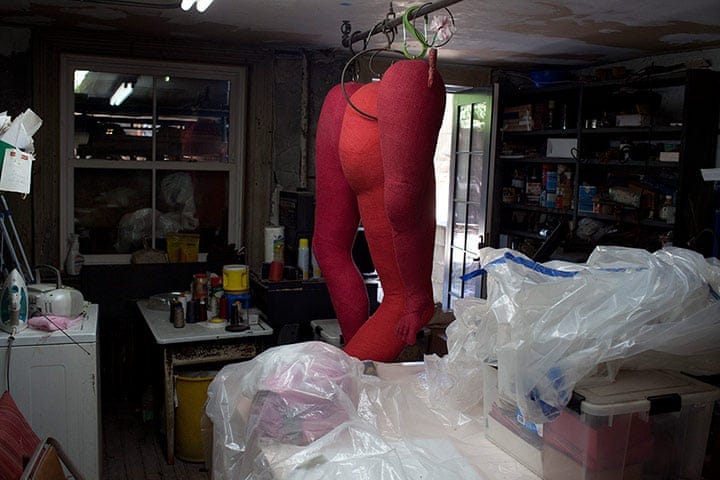
In the studio, there were two printing presses: One Louise used, and one her printmaker brought with him when she finally hired someone to help her. Sewon explained: The printmaker arrived and said Louise’s printing press was a piece of junk, but she refused to get rid of it, so he had to bring his own. This is trademark Louise.
The studio itself was still full of her: All around us were sculptures in progress, small prototypes, knick knacks -- pieces of broken pottery laid next to Tupperware containers full of supplies next to unused rolls of paper towels and Louise’s cell phone charger. It was like stepping into her mind -- all sculpture, all excavation, all her.
Upstairs, we stepped into a small living room which Louise used as an open salon on Sundays. She would let artists come in and share their work -- then she would give them feedback, usually in the form of roasting them. Sewon was sure to point out that Louise kept a bottle of brandy out so courageous artists could take a shot first. But even more interesting: Many of the artists Louise gave feedback to have gone on to become famous. The Easton Foundation is currently going through video archives of these salons.

The living room was warmer than the rest of the house -- more yellows, the walls covered in art announcements that Louse designed or saved, pillows, the table where she sat for most of her life making work.
I looked up and noticed a picture of Louise with Bono and Damien Hirst.
“Fucking Bono came here?” I asked Sewon.
She laughed.
“Damien Hirst brought him here, and I don’t think Louise knew who he was. So they told her, you know he’s a singer. And she said, well prove it. So Bono sang Amazing Grace to her.”
The rest of the first floor featured a small, cramped kitchen and a front room that Louise used for business. The kitchen was interesting — after Louise’s husband died, she turned the entire house into her studio, knocking arches into all of the doorways, using the walls as notepads. And she ripped out the stove and replaced it with a hot plate. I couldn’t help but see it as a statement: I’m not a wife anymore. I’m an artist.
The front room offered Louise a view of the street outside: She could sit on a stool and take business calls or send faxes. Lined up above the fireplace mantel was something else that almost made me cry: Louise’s makeup, her foundation and concealer, her bright pink YSL lipstick.
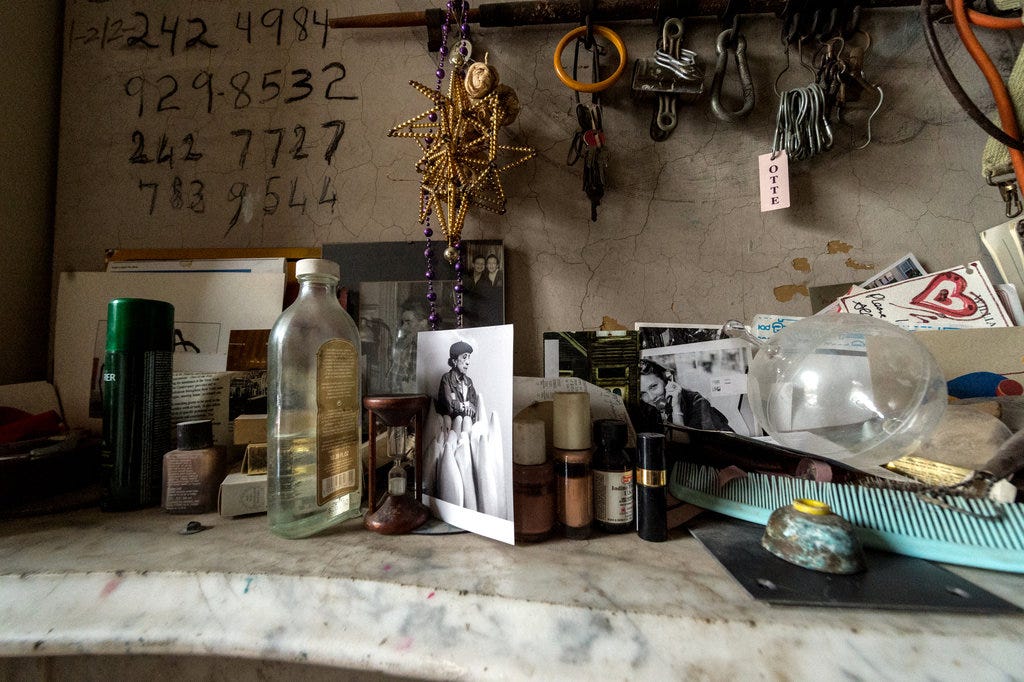
It felt too intimate to look at it, too private, but I couldn’t take my eyes off of it.
“And you’ll notice here,” Sewon said, pointing to a strange hole in the floor, “there is a trap door. When Louise would get sick of doing business, she would use this trap door to go to her studio right away.”
The rest of the house offered even more insight into her life as an artist. Upstairs, the main bedroom was pristine -- no writing on the wall, no peeling paint, the bed neatly made, no clutter.
“You’ll notice this room looks different from the rest of the house,” Sewon said. “Louise’s husband died in this room, so she rarely came in here.”
Instead, she slept in the library down the hall — a small bed situated beneath a wall of fancy leather bound books.
I found myself wanting to cry again. I thought of her life — all of that loss: her mother, her father, her husband. I thought of her career — how long it had taken her to finally break through and make a name for herself.
I thought, too, of the house and how entwined it was with her, just like some of her most famous pieces of women as houses.
Erin and I left and went to get lunch, even though I never wanted to leave. Erin made reservations at Odeon to celebrate me selling my novel and we had a beautiful time together drinking wine & telling secrets, then we went to The Whitney. I genuinely love spending time with Erin — it feels like walking around with a sister.
But all day, I felt melancholy.
Back at the hotel, I climbed into the big white bed and wept. I wasn’t sure if it was because of all of the death, or if it was because of all of the work she made up until the day she died, even in the hospital, or because she was a real artist, no bullshit, or if it was because stepping into her house — largely untouched since the day she died — made me feel as if I had just missed her. It felt as if she’d just stepped out for coffee.
I couldn’t shake the feeling that I just got there a few years too late. I couldn’t shake the feeling that I knew Louise, and my grief for her was all tangled up in creating art and death. How beautiful a life is, after all. How beautiful, how short, how we can miss each other so much, how maybe through art, we can be soulmates, even if we never meet, how maybe art is the thread between life and death. How bittersweet, how heartbreaking.
Current Obsessions
King Hannah, whose set at SXSW absolutely ripped my face off!
a24’s “X,” which is one of the most perfect movies I’ve seen in a long time.
“A Journey to the Center of Our Cells” in the New Yorker blew my mind.
Elisa Gabbert’s beautiful Close Read of Auden in the New York Times is one of the best things I’ve read in years.
The new season of Atlanta is out on Thursday & I CANNOT WAIT!
Alana Levinson took a look at the revival of Bimbo over at The Cut
Mel Magazine profiled the elevated vibe level of the one & only Brandon Taylor




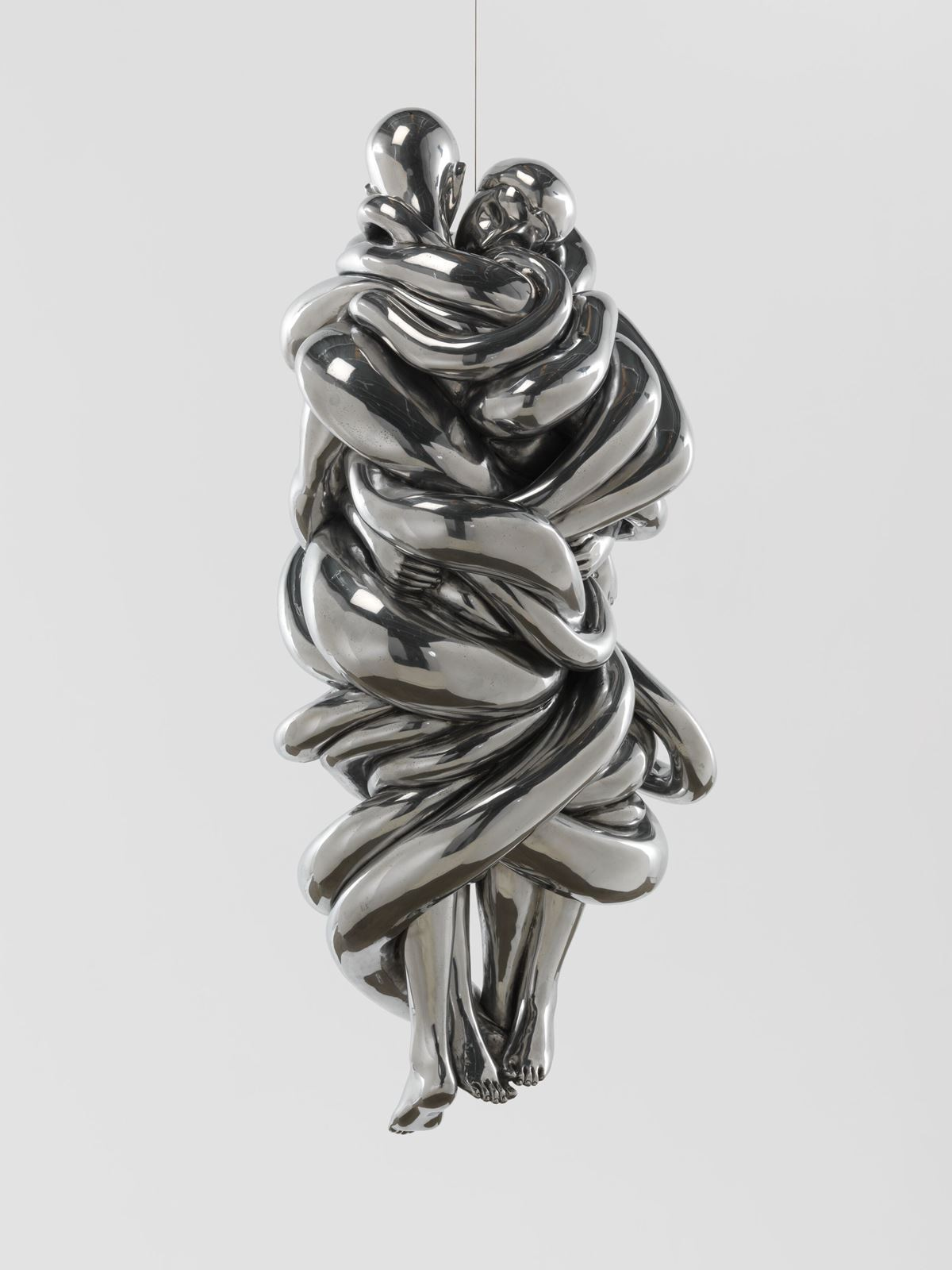
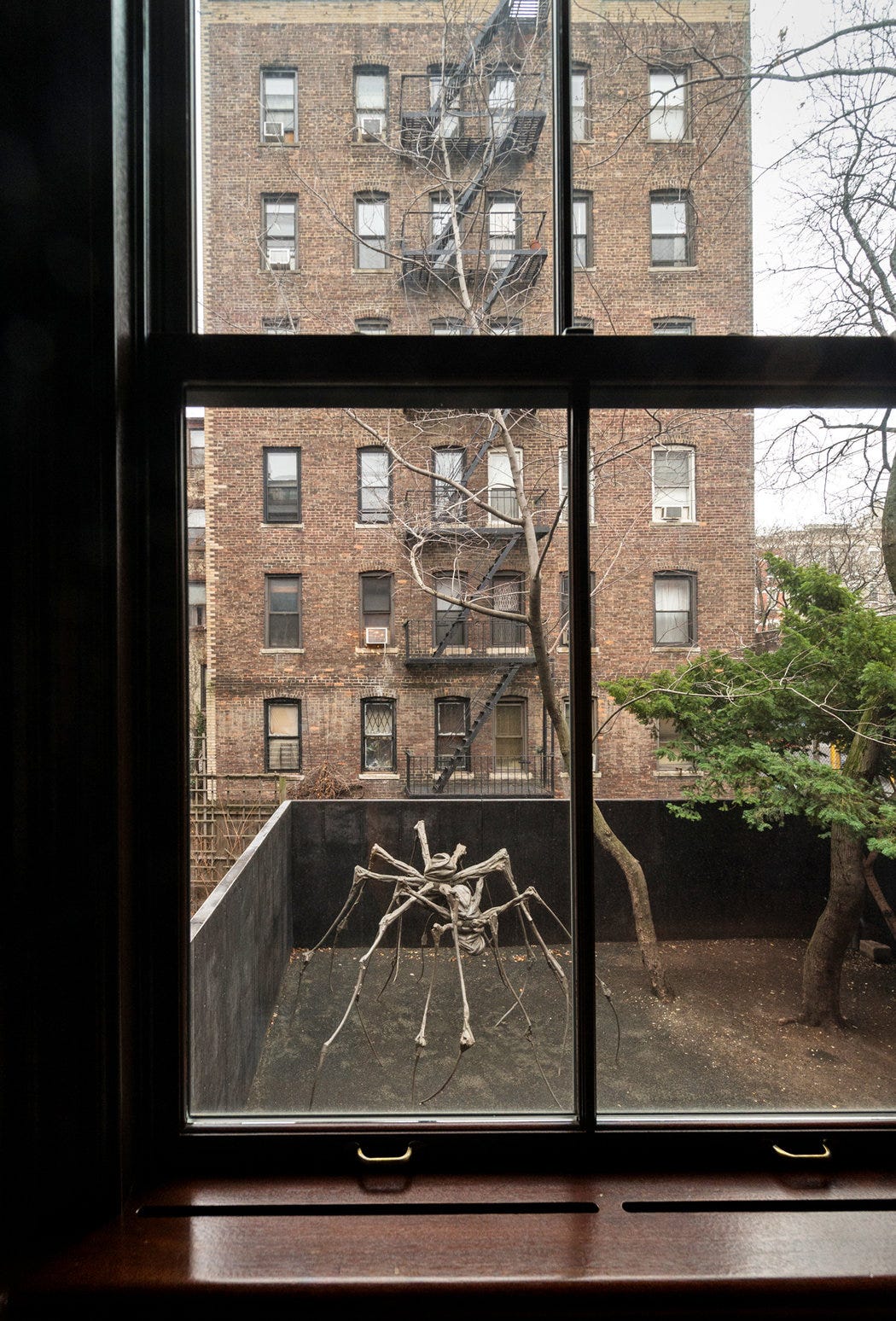
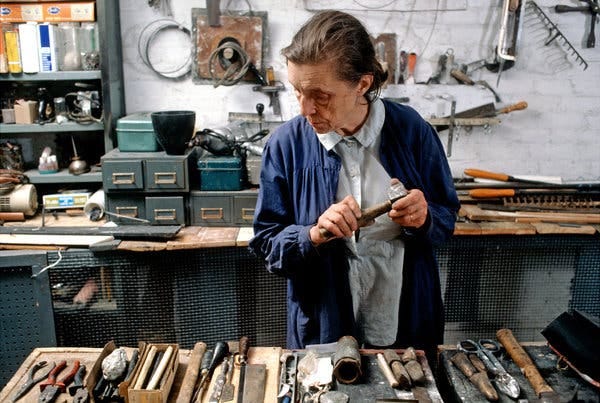
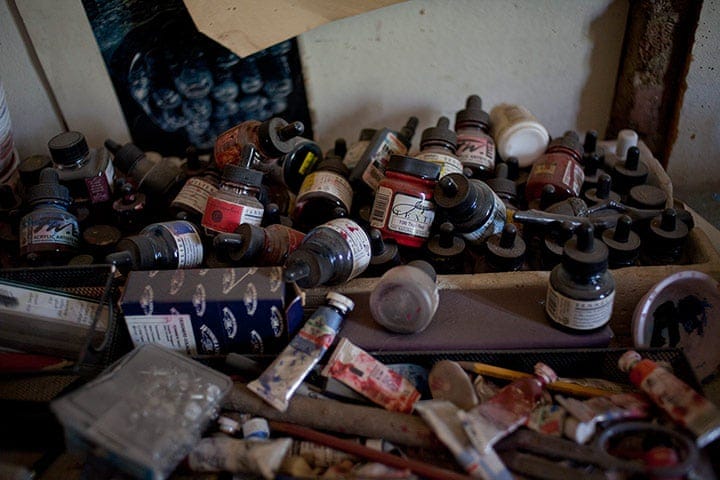
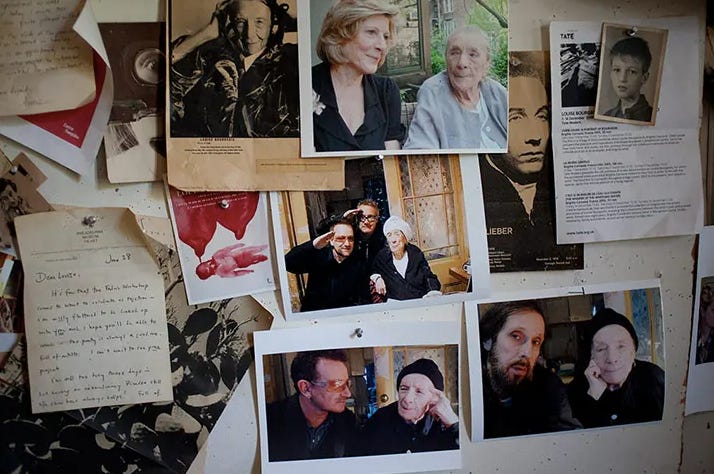
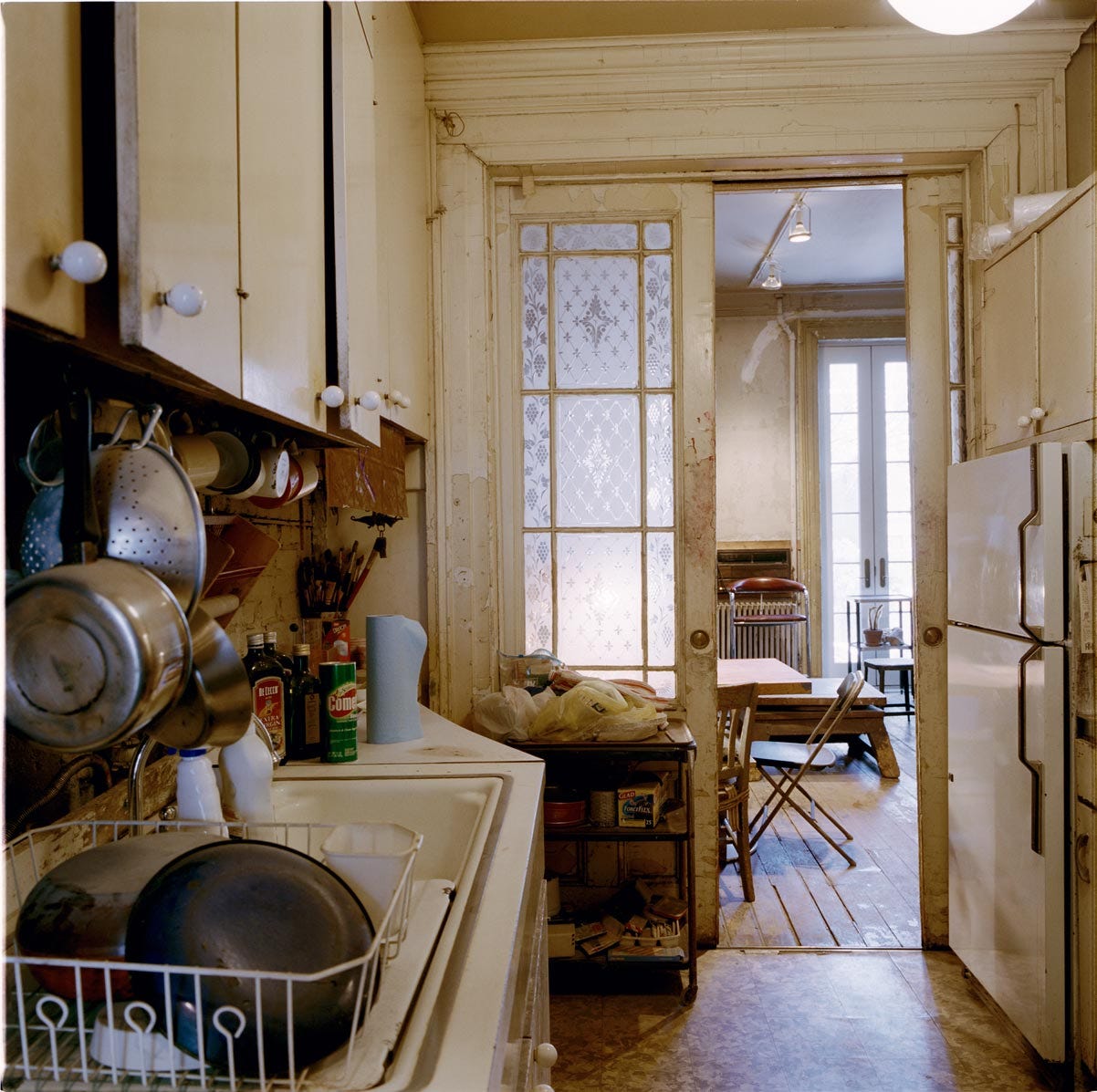
Thank you for sharing all these details from your tour, there is so much fascinating stuff here—the salon/roasts, and the brandy on offer for courage; the hot plate; the trap door!!!
bono haha -- awesome write up sarah :) really stoked on atlanta s3 soon